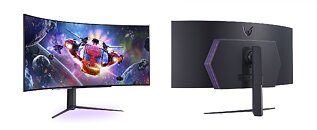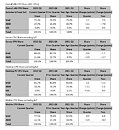
Microsoft Updates Surface PC Models with the Latest Hardware
Today, we shared our vision for the next era of the Windows PC, where the PC and the cloud intersect and tap into innovative AI technology that unlocks new experiences. So that each of us can participate, be seen, heard and express our creativity.
For nearly 40 years, the Windows PC has held a place at the center of our lives. It's contributed to new levels of productivity, kept us all connected, and unlocked our creativity and potential through innovations we couldn't have imagined when we first began this journey. Just think about how far we've come in how people interact with it. From the very first text-based keyboard input to the precision of point and click with the mouse, up to today, where touch, voice, pen and gestures all help people use the Windows PC more naturally and intuitively. From its inception, Surface has been a catalyst for that change.
For nearly 40 years, the Windows PC has held a place at the center of our lives. It's contributed to new levels of productivity, kept us all connected, and unlocked our creativity and potential through innovations we couldn't have imagined when we first began this journey. Just think about how far we've come in how people interact with it. From the very first text-based keyboard input to the precision of point and click with the mouse, up to today, where touch, voice, pen and gestures all help people use the Windows PC more naturally and intuitively. From its inception, Surface has been a catalyst for that change.









































